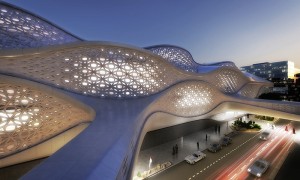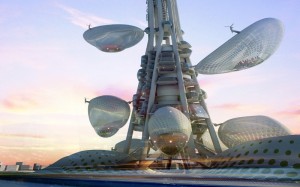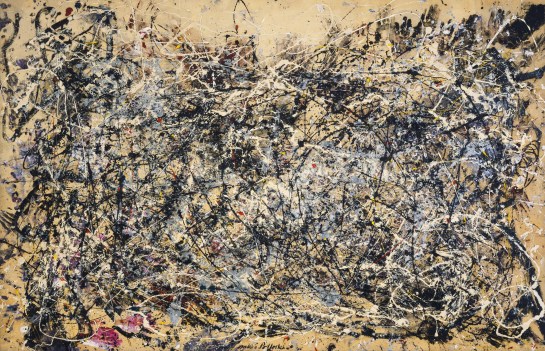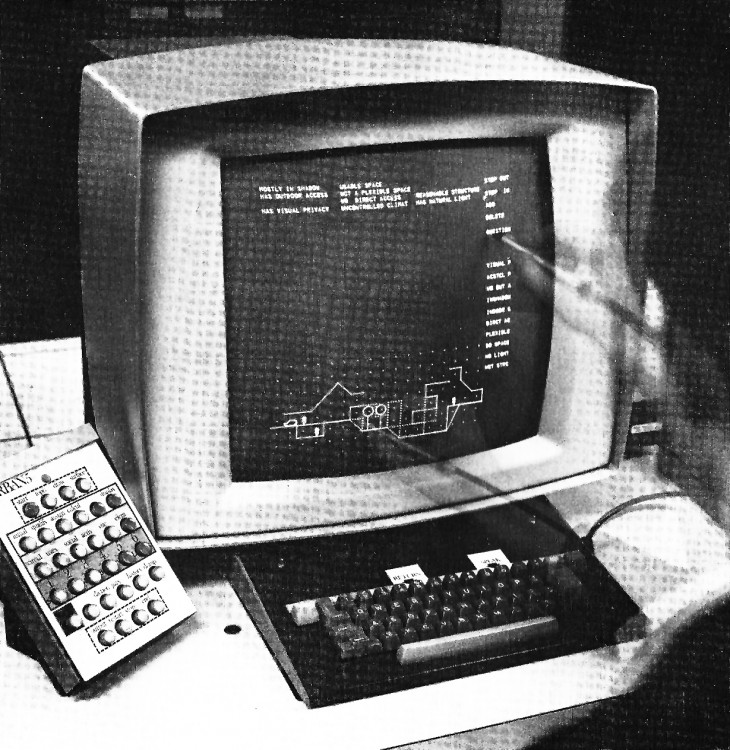Architecture and urban environment have been adapting all the time through the history into the socio-economic and nowadays the technology have been innovating the tools to create an infinite world of possibilities and especially for architecture and urban planning through digital animation techniques.
The employment of animation, simulation, form finding, parametric modeling and scripting, have inspired a new collective movement with radically new ambitions and values. Demanding an increased level of articulated complexity for the Contemporary Avant-grade architecture implementing design tools to design on the basis of parametric design systems. Patrik Schumacher defines the heuristics of parametricism as negative and positive: The negative heuristic is to avoid common and rigid geometry and the repetition of elements. While on the other side, the positive heuristic interarticulate, morph, deform, etc. considering all forms to be parametrically malleable making this a heuristic of almost no boundaries at all with less rules and more flexibility.
Patrik Schumacher proclaims parametricism, as the great new style after modernism although I believe it is soon to think of it as the great new architectural style. Modernism was also not really a style, it was the effort to reconcile the principles underlying architectural design with rapid technological advancement and the modernization of society. If Parametricism is a proper style then it has to be borne of a similar urgent necessity to the one that gave rise to Modernism.
The constant innovations and adaptations nowadays have allowed us to explore more complex geometries and structures and it is impossible to think of stopping innovating and stay static in this world. We have to let the time tell us if Parametricism has a long term future, we need to let it evolve and explore all of it’s possibilities. I personally want to research about this new “style” (Though I believe that there’s no point on claiming a style of today for any reason other than the glory of narcissism) to recognize, measure and simulate the complex patterns and simply work in whatever manner is more suitable for this movement.




